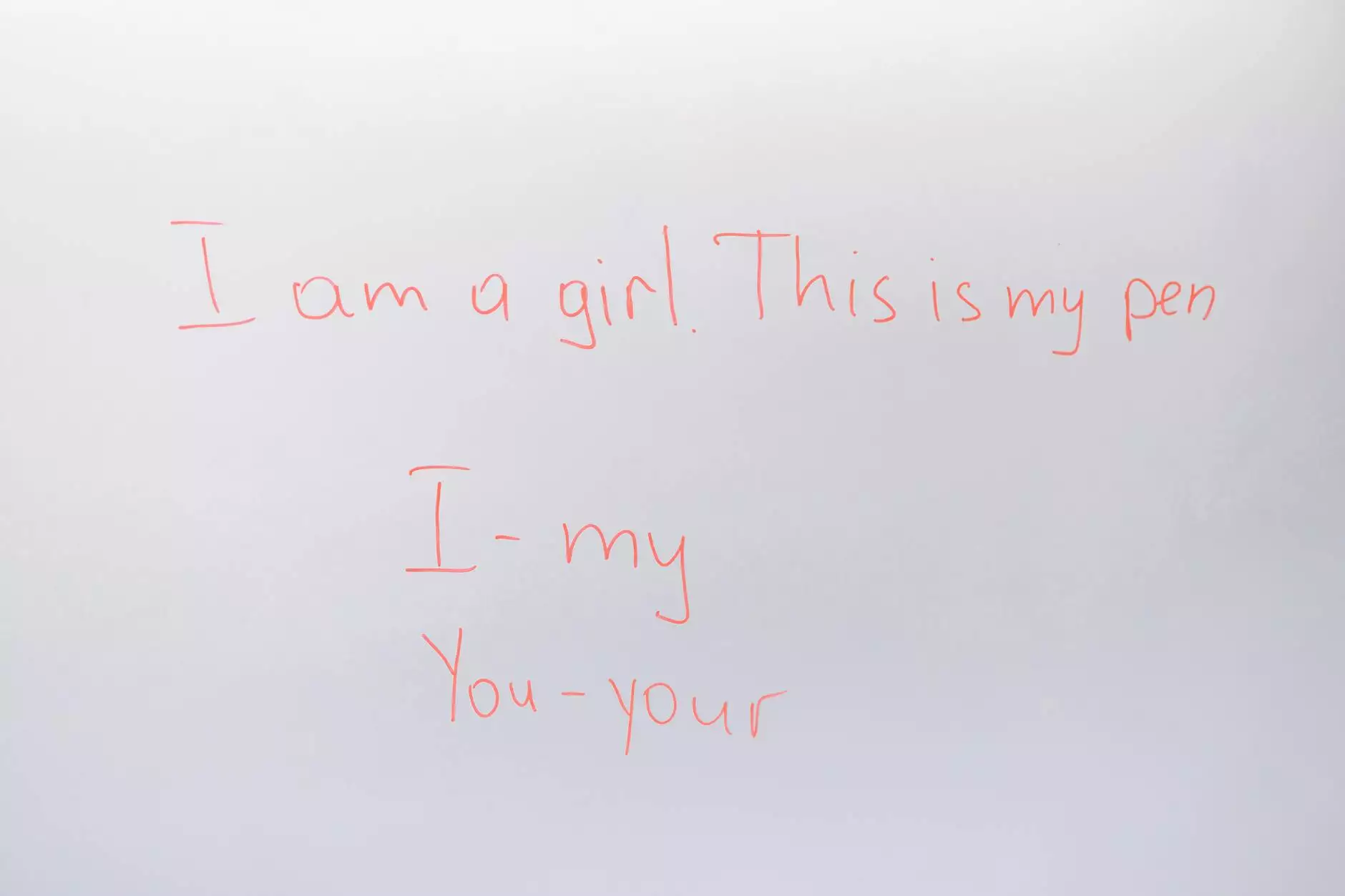A Kind Of, Kind Of, Kind To – English Grammar Lesson
English Grammar Lessons
Introduction
Welcome to NJCLT's comprehensive English grammar lesson on the usage of the phrases 'a kind of', 'kind of', and 'kind to'. In this lesson, we will delve into the different meanings and applications of these phrases, helping you gain a better understanding of their correct usage and improve your language skills.
Understanding 'A Kind Of'
'A kind of' is a phrase used to indicate that something belongs to a certain type or category, without specifying it exactly. It is often followed by a singular noun. For example:
- I saw a kind of bird I've never seen before.
- She has a kind of talent that is unmatched.
While 'a kind of' suggests a partial resemblance to something, it doesn't imply a full or exact representation. It allows for flexibility in description while indicating a similarity to the mentioned category.
Exploring 'Kind Of'
'Kind of' is an informal phrase used to express a degree of hesitancy or uncertainty in describing something. It is often used as a filler phrase or a softener to tone down a statement. For example:
- The movie was kind of interesting, but I expected more.
- She's kind of busy right now, so maybe try later.
In these instances, 'kind of' indicates a mild modification or nuance to the statement, resulting in a less definite or precise description. It effectively conveys a sense of subjective judgment or uncertainty.
Mastering 'Kind To'
'Kind to' is a phrase used to describe behavior that is considerate, compassionate, or helpful towards someone or something. It signifies an act of kindness or a positive disposition. For example:
- He was always kind to animals, which showed his compassionate nature.
- Please be kind to others, even in challenging situations.
By using 'kind to', we emphasize the importance of exhibiting empathy or goodwill towards others and encourage positive interactions and behavior.
Examples of Usage
Let's dive deeper into the usage of these phrases with some detailed examples:
A Kind Of
Example 1: Sarah is a kind of artist who specializes in abstract paintings.
Example 2: The book I'm reading is a kind of mystery novel mixed with science fiction.
Kind Of
Example 1: The cake is kind of sweet, but it could use a bit more sugar.
Example 2: Peter's new car is kind of fast, but his old one was faster.
Kind To
Example 1: Lisa is always kind to her classmates and helps them with their studies.
Example 2: The organization was kind to donate food and supplies to the shelter.
Conclusion
In conclusion, understanding the usage of 'a kind of', 'kind of', and 'kind to' is essential for effective communication. These phrases contribute to expressing specificity, uncertainty, or kindness in different contexts. By using them correctly, you can enhance your language skills and convey your thoughts precisely. Practice using these phrases in various situations to familiarize yourself with their versatility. Remember, effective communication is built upon a solid understanding of grammar and vocabulary.
Thank you for choosing NJCLT for your English language learning needs. We are dedicated to providing comprehensive lessons and resources to help you master the English language. Stay tuned for more insightful lessons and feel free to explore our website for additional resources.










